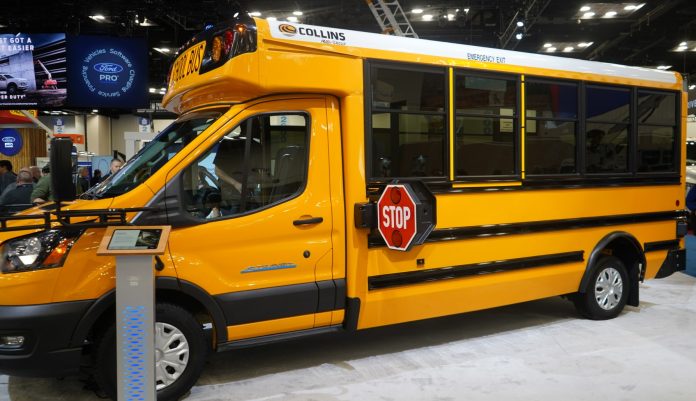The U.S. Environmental Protection Agency published a final rule to cut emissions from light-duty passenger vehicles by 50 percent and small medium-duty trucks and vans by 44 percent starting in 2027.
The Multi Pollutant Emissions Standards for Model Years 2027 and Later Light-Duty and Medium-Duty Vehicles target cleaner-burning gasoline that cuts particulate matter by over 95 percent as well as on spurring adoption of hybrids, plug-in hybrids, and full battery-electric vehicles.
EPA said the new national pollution standards will avoid more than 7 billion tons of carbon emissions and will provide nearly $100 billion in annual net benefits to society. The agency expects $13 billion in annual health benefits from improved air quality and $62 billion in reduced fuel, maintenance and repair costs.
For the first time, EPA refers to medium-duty vehicles, or MDVs, rather than the previous term light-heavy-duty vehicles. These MDVs range from 8,501 pounds to 14,000 pounds gross vehicle weight rating and include the cutaway chassis that Type A school bus bodies are built on. The regulations specifically refer to MDVs as being primarily trucks and vans that are typically used for work due to their higher towing and hauling capabilities compared to light-duty vehicles.
Type A school buses are commonly built on the Ford Transit and E350/450, Chevrolet Express and GMC Savana, and Ram ProMaster cutaway chassis.
The MDVs included in Wednesday’s final rule are distinguished from Class 4 and higher vehicles that remain under the EPA’s heavy-duty vehicle emission program.
Currently, EPA’s Tier 3 criteria for Class 3 medium-duty pollutant emissions are set at 247mg/ml of non-methane organic gases (NMOG) and NOx for the 2026 model year. Under the new Tier 4 criteria, that figure falls to 175mg/ml in 2027 and continues downward in increments of 20mg/ml a year until hitting 80mg/ml in 2032. NMOG+NOx levels fall to 75mg/ml for 2033 and later model years.
EPA said the average incremental vehicle cost for all truck and van manufacturers is expected to be $1,400 over the six-years of implementation. For Type A chassis, the additional costs could start at $178 more per vehicle in 2027 and increase to $4,915 per vehicle in 2032.
STN reached out to several Type A school bus manufacturers for comment but did not receive responses as of this report.
School districts also purchase and operate light-duty passenger vehicles for a variety of student, teacher and sports team transportation as well as other district facility management and maintenance reasons. And a growing number of alternative transportation companies as well as school districts use passenger vehicles to transport students, especially those experiencing homelessness or with certain special needs that a school bus cannot serve.
The final rule is expected to reduce greenhouse gas emissions in cars to 73 grams per mile and in trucks to 90 grams/mile of CO2 by 2032. Those same GHG emissions would fall to 245 grams/mile for vans and to 290 grams/mile for pickup trucks.
The United Automobile Workers issued a statement Wednesday in support of the standards.
Related: House Republicans Urge EPA to Reconsider Biden ‘Rush-to-Green’ Agenda
Related: EPA Funds 2,675 More Electric School Buses Across 36 States
Related: EPA Advances Reduced Greenhouse Gas Emissions Goals, More Stringent Standards














